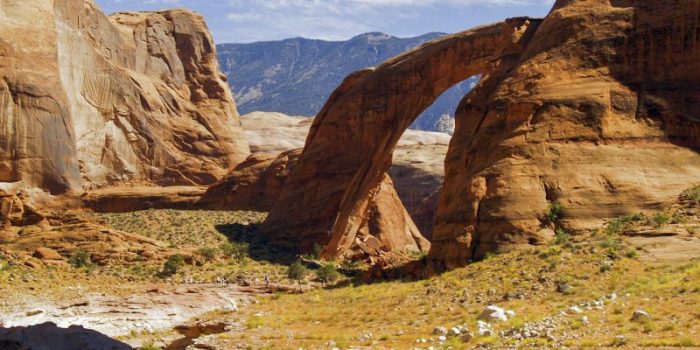The world is a vast and diverse place, with many different environments and climates. One of the most unique and extreme environments on Earth is the desert. Deserts are known for their arid conditions such as high temperatures.
In this blog post, we will take a look at the top 20 driest places on Earth. These places are some of the most inhospitable environments on the planet, and they offer a unique glimpse into the harsh realities of life in a desert.
1. Iquique, Chile
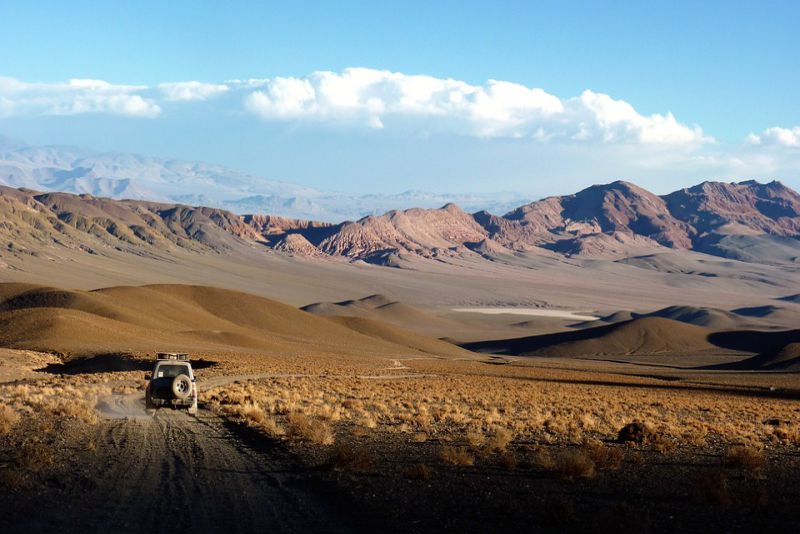
Iquique, a coastal city in the northern region of Chile, boasts a unique desert climate and picturesque beaches that draw visitors from around the world. As the capital of both the Iquique Province and Tarapacá Region, it is situated on the Pacific coast and west of the Pampa del Tamarugal, part of the Atacama Desert.
The desert climate, known as Köppen BWn, features mild temperatures and minimal rainfall, making it a popular destination for those seeking relief from hot weather in other regions.
With its pristine beaches, Iquique is considered one of Chile’s premier beach resorts and offers a range of activities for visitors, from soaking up the sun to exploring the city’s rich history.
Read More: 20 Best Destinations To Go For Vacations with Kids
2. Wadi Halfa, Sudan
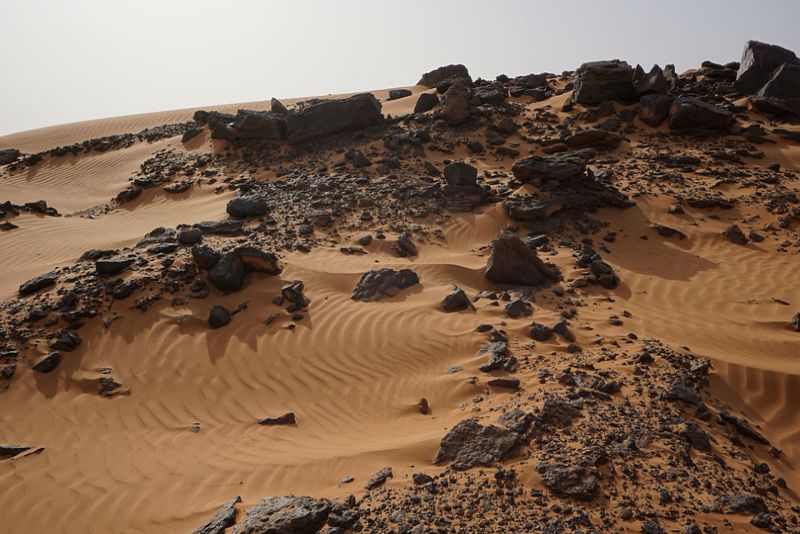
Wādī Ḥalfā, a city located in the Northern state of Sudan, is a one-of-a-kind destination that offers visitors a chance to experience one of the driest and hottest and one of driest places on Earth. The city experiences a hot desert climate, classified as Köppen BWh, typical of the Nubian Desert, which is part of the larger Sahara Desert, the world’s largest hot desert.
With an average of 4,300 hours of bright sunshine per year, minimal annual rainfall of 2.45 millimeters, and temperatures regularly exceeding 40 °C (104 °F) from May to September, making it one of the sunniest and driest places on earth.
Visitors can enjoy outdoor activities like hiking, camping, and exploring the desert as well as a glimpse into the rich cultural heritage of Sudan with its ancient Nubian monuments, traditional Nubian villages, and colorful local markets.
3. Ica, Peru
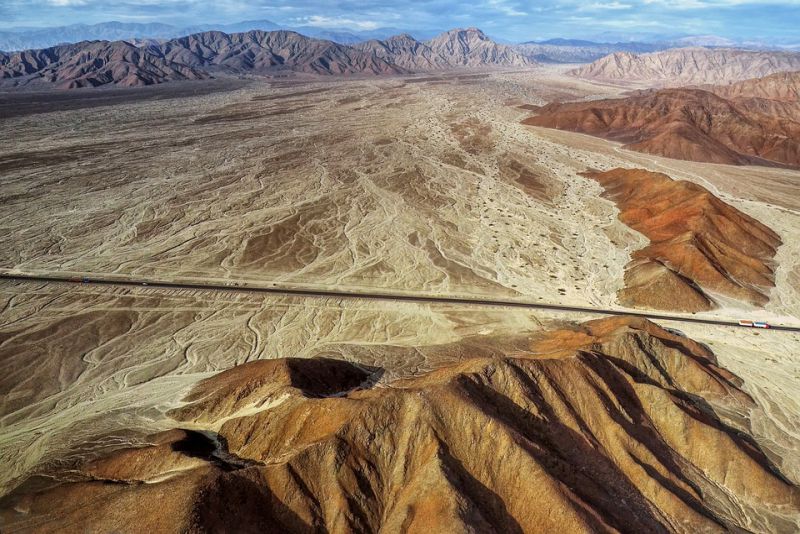
Ica, located in southern Peru, is the capital of the Ica Region and is situated on the border of the Atacama desert. With one of the driest places on Earth in the world, Ica experiences an average of only 2.29 millimeters (0.09 inches) of rainfall per year, according to the Köppen BWh classification.
The city experiences hot temperatures especially during the months of December to March and warm temperatures during the winter months of June to September. However, the area was not always so dry. In 2007, scientists discovered fossil evidence of giant penguins that used to inhabit the region.
The fossils revealed that there was a species of penguin that stood 4.5 feet (1.5 meters) tall and sported a foot-long (0.3 meters-long) beak. Additionally, a smaller ancient penguin species was also found in the same region.
Today, the region’s dry air is known for preserving pre-Columbian mummies as human remains do not decompose without humidity. This makes Ica an interesting destination for those interested in history and archaeology as well as for those who want to experience one of the driest places on earth.
4. Aoulef, Algeria
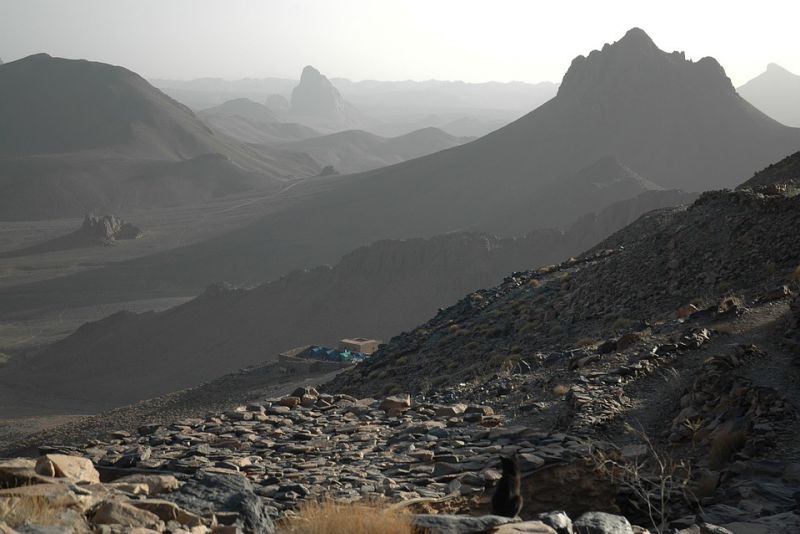
Aoulef is a small town located in the south-central region of Algeria and serves as the capital of Aoulef District, which is within Adrar Province. It is one of the Driest Places on Earth. The town is known for its hot desert climate, classified as Köppen BWh.
Aoulef is often cited as one of the hottest places in the world, with daytime temperatures regularly reaching 50 °C (122 °F) during the summer months and nighttime temperatures consistently remaining above 30 °C (86 °F). The average annual rainfall in Aoulef is extremely low, with only 12.19 millimeters (0.48 inches) recorded.
This means that the sky is nearly always clear and cloudy days are a rarity. The high temperatures and lack of rainfall contribute to the desert-like environment, making Aoulef a unique destination for those who want to experience the extreme heat of the desert and one of the driest places on Earth. The July average temperature is 46.8 °C (116.2 °F), which is one of the highest in the world.
5. Pelican Point, Namibia
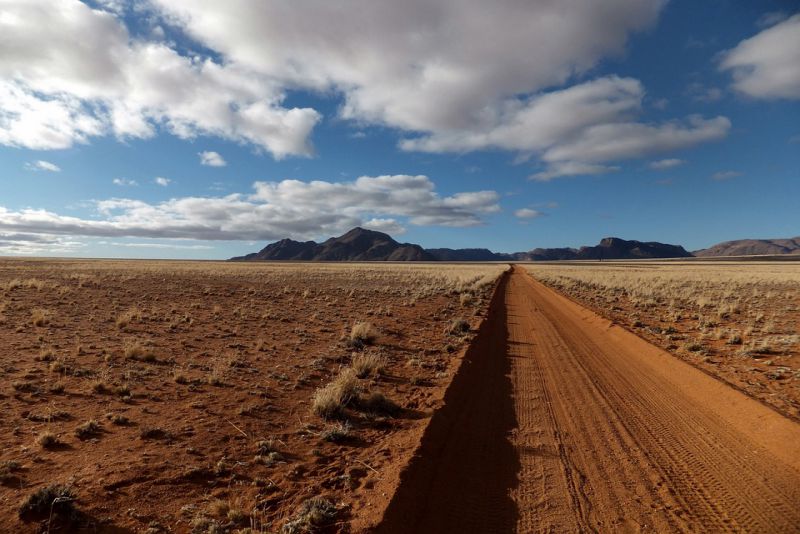
Pelican Point is a small but mighty destination located in Namibia, Africa. Known for its exceptional surfing conditions, this jetty attracts surfers from all over the world looking for the perfect wave. Despite its desert location, Pelican Point receives an average of 8.13 mm of rainfall per year, which helps to create the ideal surf conditions.
Moreover, It is one of the Driest Places on Earth. The jetty’s unique location jutting out into the ocean creates a natural break that amplifies the size and power of the waves, making it a true surfers’ paradise. The surf scene at Pelican Point is truly unique, with waves that are both challenging and exhilarating.
Experienced surfers will appreciate the powerful swells and the opportunity to test their skills against the elements, while beginners will enjoy the calm waters and gentle breaks that make it a great place to learn. The jetty’s remote location also means that the surf is less crowded, allowing for a more peaceful and enjoyable experience.
In addition to its world-class surf, Pelican Point is also a stunning natural area that is home to a variety of wildlife, including seals and sea birds. Visitors can take a walk along the jetty and enjoy the beautiful views of the ocean and the surrounding desert landscape.
Whether you are a seasoned surfer looking for a new challenge or simply looking for a beautiful and peaceful place to relax, Pelican Point is sure to leave a lasting impression.
Overall, Pelican Point is a must-visit destination for surfers and beach lovers alike, offering a unique and unforgettable experience amid the Namibian desert and one of the driest places on Earth. With its world-class waves, breathtaking natural beauty, and abundance of wildlife, Pelican Point is a destination that should not be missed. So, if you are looking for a place to surf, relax and enjoy the natural beauty, Pelican Point is the place to go.
6. Luxor, Egypt
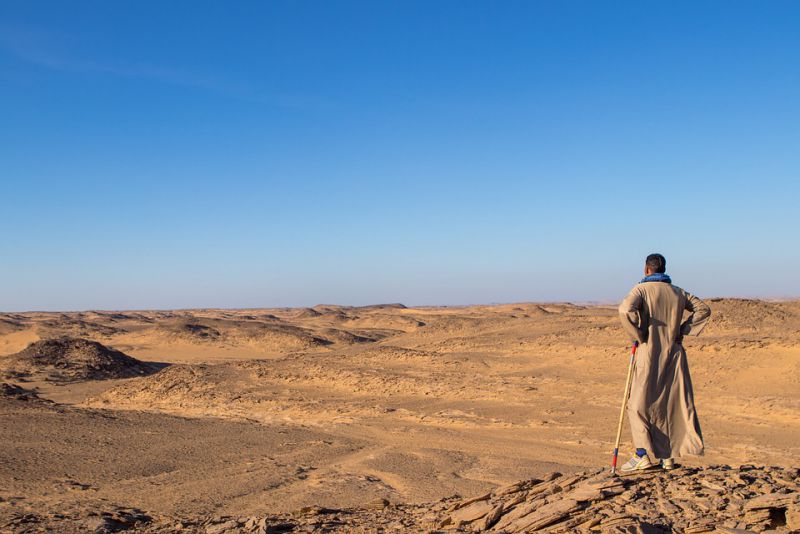
Luxor, located in Egypt, is a city steeped in ancient history and architectural wonders. The city is known for its well-preserved monuments and temples that date back to the times of the pharaohs. However, what sets Luxor apart from other ancient cities is its unique climate.
The average annual rainfall in Luxor is a mere 0.862 mm, making it one of the driest places in the world. Moreover, It is one of the Driest Places on Earth. But that’s not to say that the weather is always sunny and warm. In fact, Luxor can experience quite chilly temperatures during the winter months. The lack of moisture in the air means that the city can experience some severe sandstorms.
These storms are caused by the winds that pick up sand from nearby deserts and can reach speeds of up to 150 mph. While these sandstorms can be quite intense, they do not last for long, and the city returns to its clear, sunny state soon after. Despite the harsh climate, Luxor continues to attract visitors from all over the world.
These monuments offer a glimpse into the rich history of the Egyptian civilization and are a must-see for anyone interested in archaeology and history. Overall, Luxor is a unique and fascinating destination that offers a chance to explore the ancient world in an entirely new way.
7. Dry Valley, Antarctica
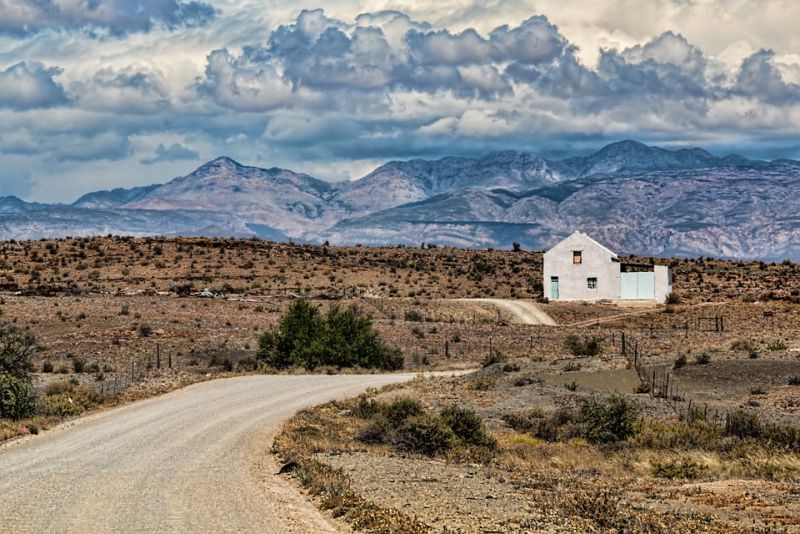
Antarctica is known for its snowy and icy terrain, but the Dry Valleys are a unique exception. The lack of moisture is due to the surrounding mountains, which block sea-flowing ice, and the presence of Katabatic winds. The rainfall in the Dry Valleys is a staggering 0.
This harsh environment poses a challenge for any form of life, but scientists have discovered a variety of microbial organisms that have adapted to survive in these conditions. Moreover, It is one of the Driest Places on Earth. The Dry Valleys offer a unique opportunity to study these organisms and understand how life can survive in extreme environments.
These valleys are not only an important research destination but also a place of stunning natural beauty. The barren landscapes, sculpted by the relentless winds, are a sight to behold and offer a glimpse into the harshness of the polar regions.
8. Namibia

Pelican Point, Namibia is a must-visit destination for sand surfing enthusiasts. Located in one of the driest regions of the world, this picturesque spot is a popular tourist destination thanks to its towering sand dunes that stretch out to meet the Atlantic Ocean.
Unlike other destinations that can become uncomfortably hot or cold, the temperature here stays pleasant throughout the year. With an average of just 23 millimeters of rainfall per year, visitors can enjoy clear blue skies and plenty of sunshine.
In fact, the area receives a total of 2,646 hours of sun each year. Moreover, It is one of the Driest Places on Earth. According to the Koppen Geiger climate classification, Pelican Point is classified as a cold desert climate, or BWk, making it an arid and cool destination.
Whether you’re a seasoned sand surfer or just looking for a unique vacation spot, Pelican Point is an ideal destination for adventure and relaxation. So pack your sunscreen and your surfboard and head to Namibia’s Pelican Point for an unforgettable experience.
9. Aswan, Egypt
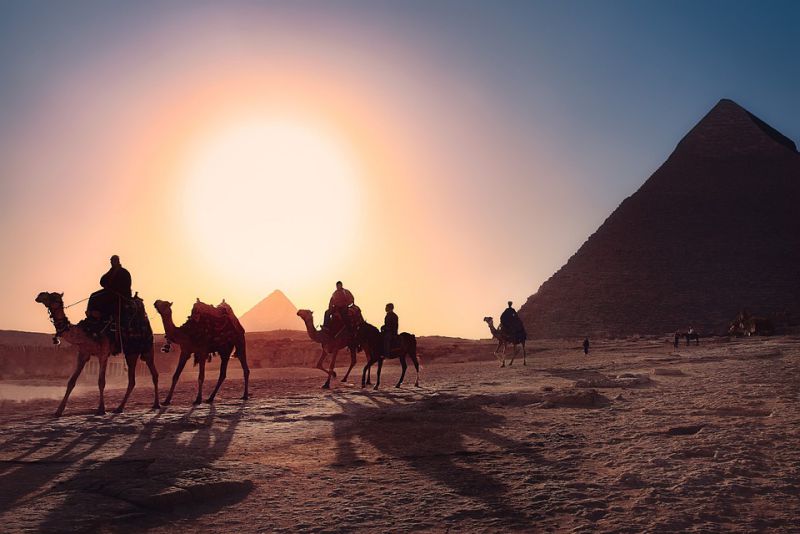
Aswan, located in southern Egypt, is known for being one of the driest places on earth with an annual average rainfall of just 0.033 inches (0.861 millimeters). Despite the arid climate, Aswan is a bustling city with a vibrant market and a popular tourist destination.
The high temperatures in the city, which can reach as high as 107.0°F (41.9°C) during the summer, are a result of its proximity to the Tropic of Cancer. Moreover, It is one of the Driest Places on Earth. While the summers in Aswan can be unbearably hot, the winters are milder with temperatures dropping as low as 46.4°F (8°C).
As a result, the city sees the most tourists during its colder months. In addition to the dry climate, Aswan is also one of the least humid places on earth, with an average humidity level of just 26%. This low humidity, combined with clear skies, means that Aswan receives an average of 4,000 hours of sunshine per year.
Aswan’s desert climate, which falls under the Hot Desert Climate classification, makes it an ideal destination for those seeking adventure and culture in Egypt. With its clear skies, warm winters, and vibrant market, Aswan is an attractive destination for many tourists. The city of Aswan is known for its historical sites and monuments, making it a perfect destination for history buffs. So why not escape the cold and head to Aswan for a sun-soaked adventure in Egypt?
10. Rub Al-Khali, Arabia
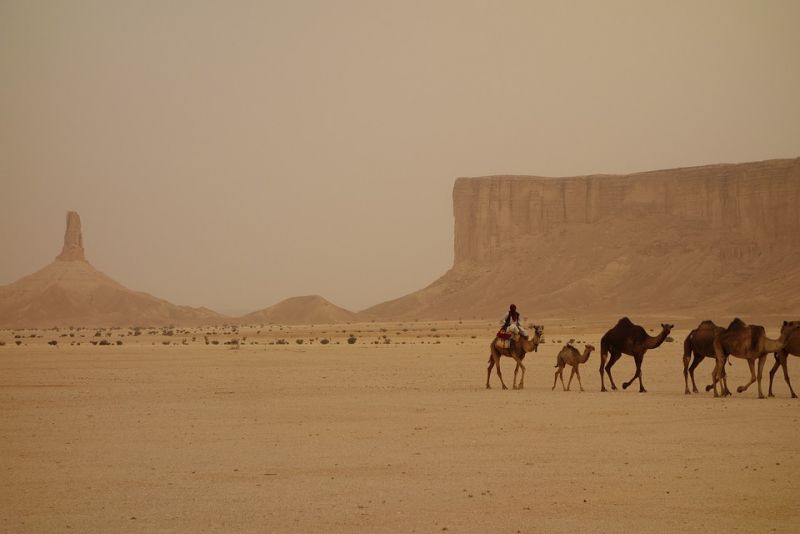
The terrain is characterized by sand dunes and gypsum plains, creating a unique and picturesque landscape that attracts photographers and tourists alike. However, this makes the terrain quite dangerous to navigate, making it advisable to have professional guides accompany you on your journey.
Moreover, It is one of the Driest Places on Earth. Despite the potential hazards, the area is still a popular tourist destination, offering a variety of activities for visitors to enjoy. The climate in the Rub Al Khali is extremely arid, with the area classified as a “hyper-arid” region.
The humidity is also extremely low, with an annual average of 30%, making it one of the least humid places in the world. If you are looking for an adventure in a unique and remote desert landscape, the Rub Al Khali is a must-see destination.
With its striking sand dunes, gypsum plains, and dried-up lake beds, the area offers a unique and unforgettable experience. The hyper-arid climate and the low humidity make it a perfect destination to escape the heat and enjoy the beautiful desert landscape.
11. Atacama Desert, Chile

The Atacama Desert in Chile is known as the driest desert on Earth. It stretches over 1,000 kilometers (600 miles) along the Pacific coastline and is characterized by its otherworldly landscapes, including salt flats, high-altitude plateaus, and unique rock formations. With an average annual rainfall of just 1 millimeter, some weather stations in the Atacama have recorded years with no measurable precipitation. The extreme aridity of the Atacama makes it a challenging environment for life, yet it harbors some of the world’s most advanced observatories, taking advantage of its clear skies and minimal atmospheric interference.
12. McMurdo Dry Valleys, Antarctica
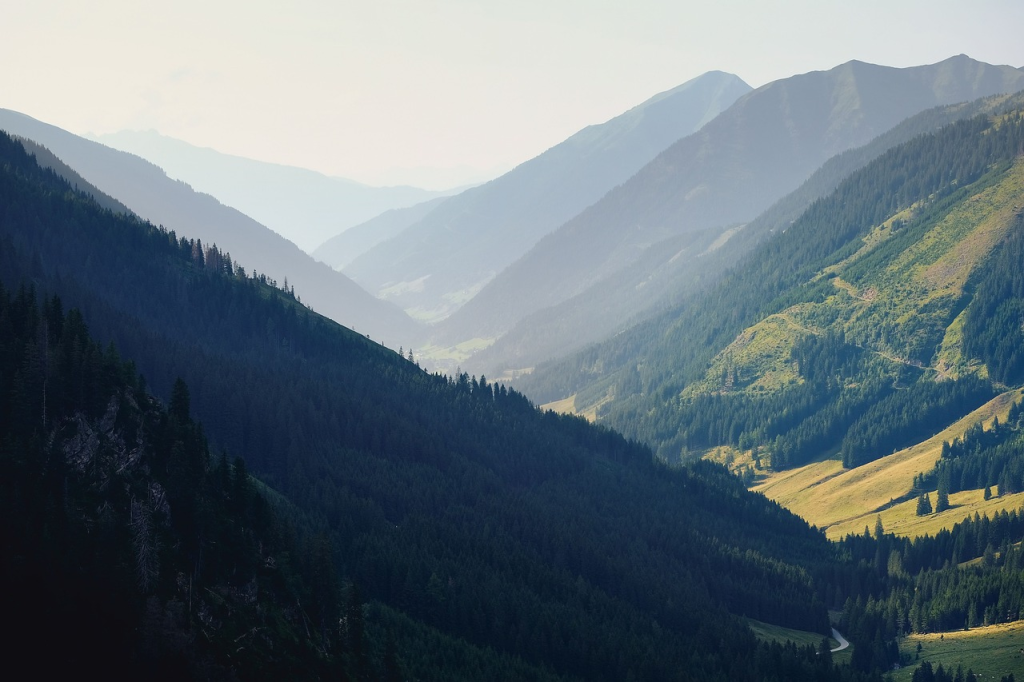
While Antarctica is generally associated with ice and snow, the McMurdo Dry Valleys present an exception. Located on the Antarctic continent, these valleys are considered the driest places on Earth. With an annual precipitation of around 2 inches (50 mm), the valleys are almost completely devoid of snow and ice. The harsh conditions make them one of the most extreme deserts globally, and scientists study the unique microbial life that has adapted to this extreme environment. The dryness is attributed to katabatic winds, which prevent moist air from reaching the valleys.
13. Arica, Chile

Arica, a city in northern Chile, is renowned for its arid climate, earning it the title of one of the driest places on Earth. The average annual rainfall is a mere 0.76 inches (19.3 mm), and the city experiences consistently high temperatures throughout the year. The aridity is due to the rain shadow effect caused by the Andes Mountains, which block moist air masses from the Amazon Basin. Arica’s desert climate, classified as Köppen BWh, has made it a destination for those seeking dry and warm conditions, coupled with the beauty of the Pacific coastline.
14. Antofagasta, Chile

Antofagasta, another Chilean city, is situated on the edge of the Atacama Desert and is known for its extremely arid climate. With an average annual rainfall of about 0.04 inches (1 mm), Antofagasta experiences minimal precipitation. The city’s coastal location contributes to its aridity, as moist air from the Pacific Ocean is blocked by the Coastal Range. Despite the challenging climate, Antofagasta has developed into a major port city, playing a crucial role in Chile’s economy.
15. Baghdad, Iraq

Baghdad, the capital of Iraq, is one of the driest major cities in the world. The city experiences a hot desert climate, characterized by scorching temperatures and minimal rainfall. With an average annual precipitation of around 5.8 inches (148 mm), Baghdad faces water scarcity issues, exacerbated by high evaporation rates. The Tigris River, which flows through the city, provides a crucial water source. The arid conditions contribute to the city’s historical significance, as Baghdad has long been associated with ancient civilizations and trade routes.
16. Nazca, Peru

Nazca, located in southern Peru, is part of the Sechura Desert and is recognized for the famous Nazca Lines etched into its arid landscape. The region experiences an extremely dry climate, with an average annual rainfall of approximately 0.04 inches (1 mm). The aridity is attributed to the cold Humboldt Current offshore, which inhibits moisture-laden air from reaching the coast. Despite the challenging conditions, Nazca is a destination for those intrigued by the mysterious geoglyphs and the rich cultural history of the ancient Nazca civilization.
17. Yuma, USA
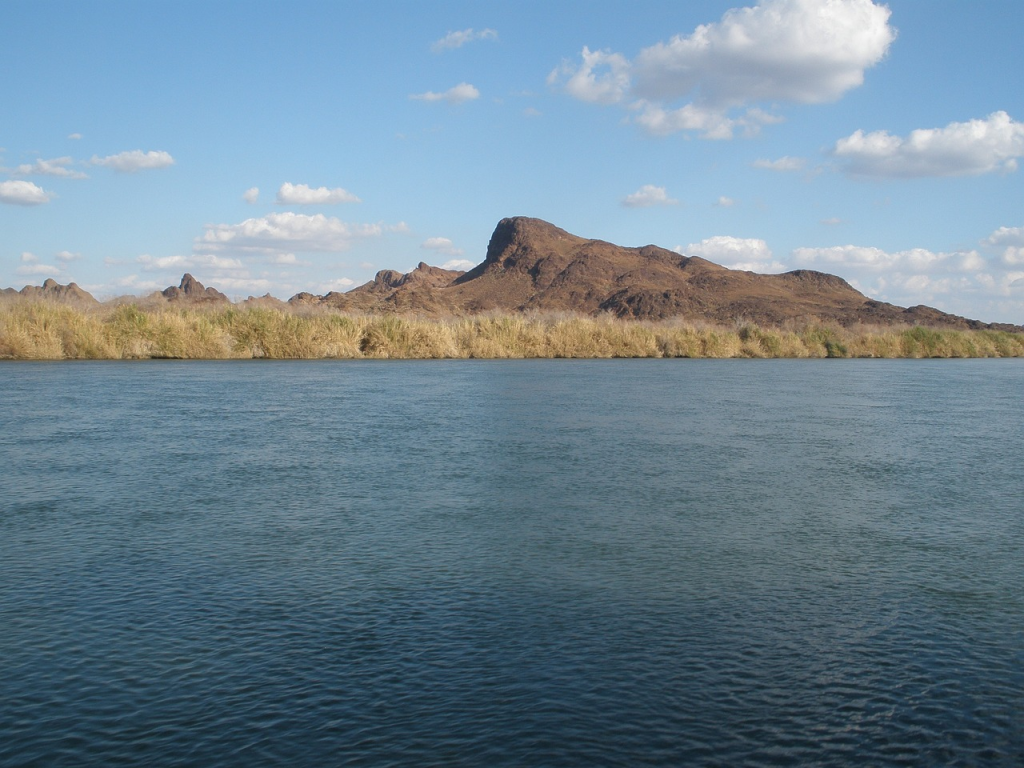
Yuma, situated in the southwestern United States, near the border with Mexico, is renowned for its extreme aridity. The city experiences a desert climate, with scorching summers and minimal rainfall. With an average annual precipitation of around 2.65 inches (67 mm), Yuma is one of the driest cities in the United States. The Colorado River provides a vital water source for the region, supporting agriculture and contributing to the city’s growth. Yuma’s dry conditions make it a popular destination for winter visitors seeking warm and sunny weather.
18. Sana’a, Yemen

Sana’a, the capital of Yemen, faces the challenges of an arid climate with minimal rainfall. The city’s average annual precipitation is approximately 6 inches (152 mm), and its location at high altitudes contributes to cooler temperatures compared to other desert regions. Despite the scarcity of water, Sana’a has a rich history, with its Old City recognized as a UNESCO World Heritage Site. The ancient architecture, including distinctive tower houses, reflects the cultural heritage of this arid yet historically significant city.
19. Lima, Peru

Lima, the capital of Peru, is situated on the arid coastal plain overlooking the Pacific Ocean. The city experiences a unique desert climate, with an average annual rainfall of about 0.59 inches (15 mm). The aridity is influenced by the cold Humboldt Current, which cools the coastal air and limits its capacity to hold moisture. Despite the lack of rainfall, Lima has thrived as a cultural and economic hub, with a rich culinary scene and historic landmarks. The city’s water supply relies on innovative solutions, including fog nets that capture moisture from the coastal fog.
20. Toliara, Madagascar: The Most Driest Places On Earth

Toliara, located in southwestern Madagascar, is known for its arid climate and minimal precipitation. The city experiences a hot desert climate, with an average annual rainfall of approximately 8.9 inches (226 mm). The aridity is influenced by the trade winds, which contribute to dry conditions. Toliara’s coastal location, along the Mozambique Channel, shapes its climate and biodiversity. Despite the challenges posed by the arid environment, the region is valued for its unique flora and fauna, attracting researchers and conservationists to study its distinct ecosystems.
